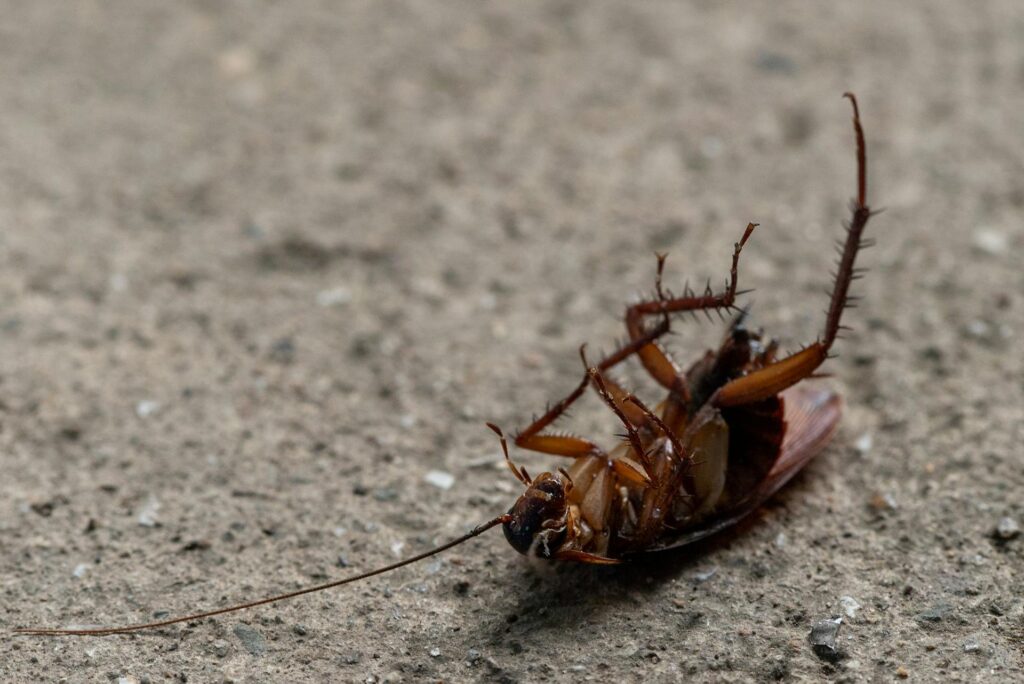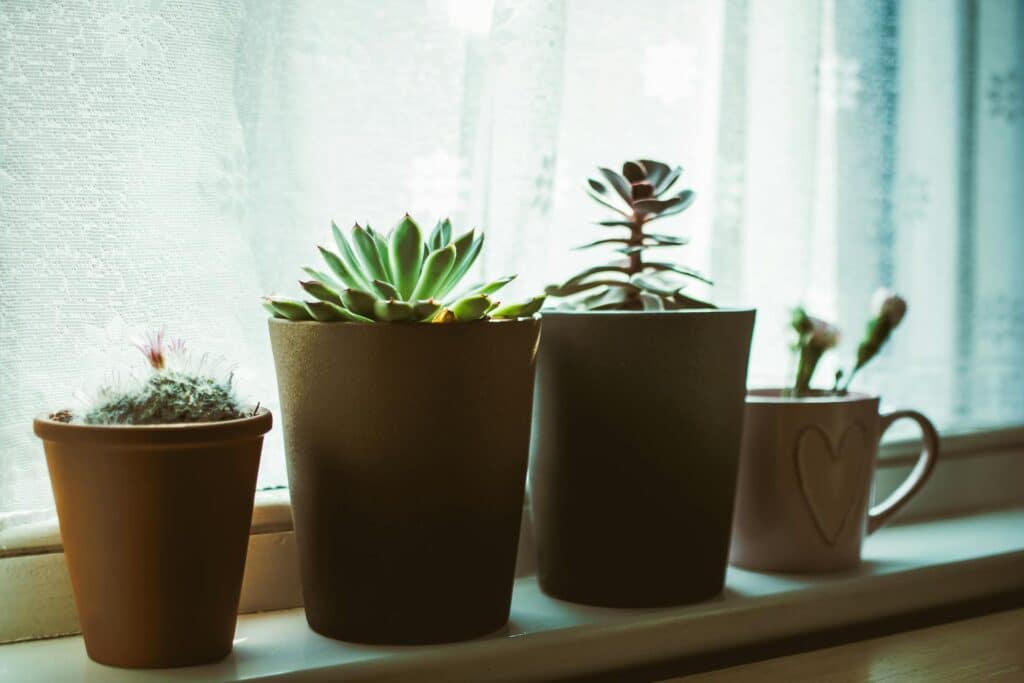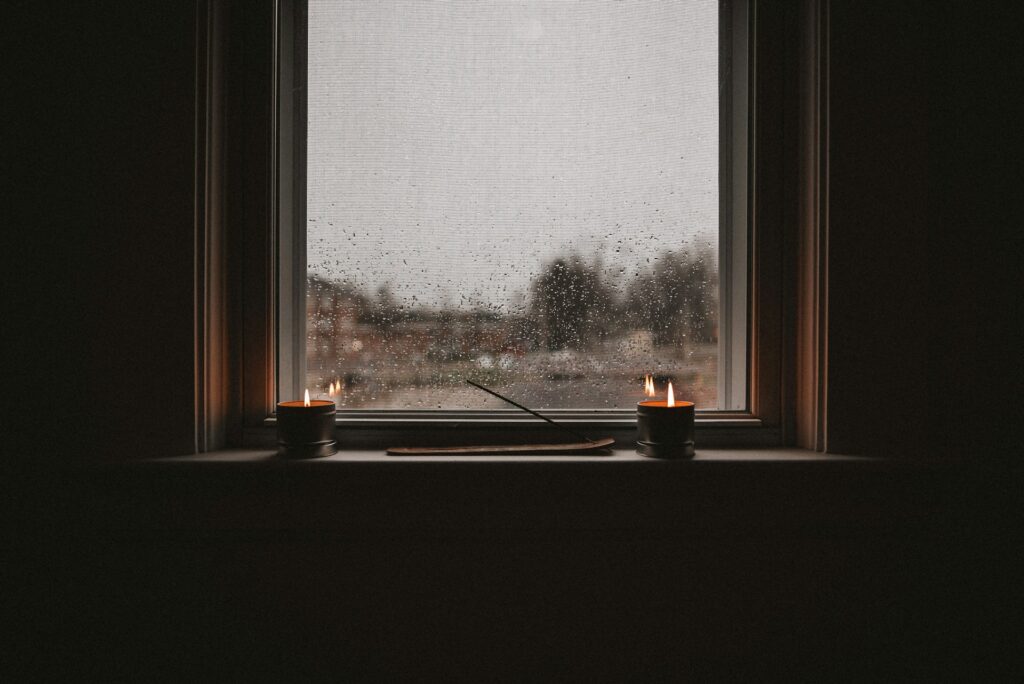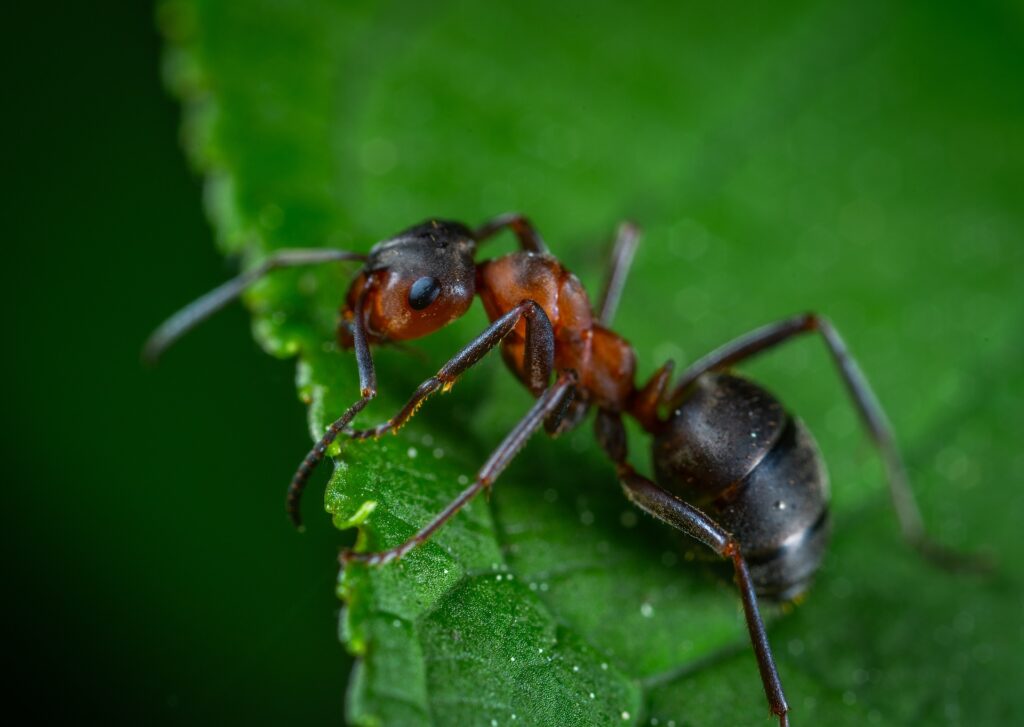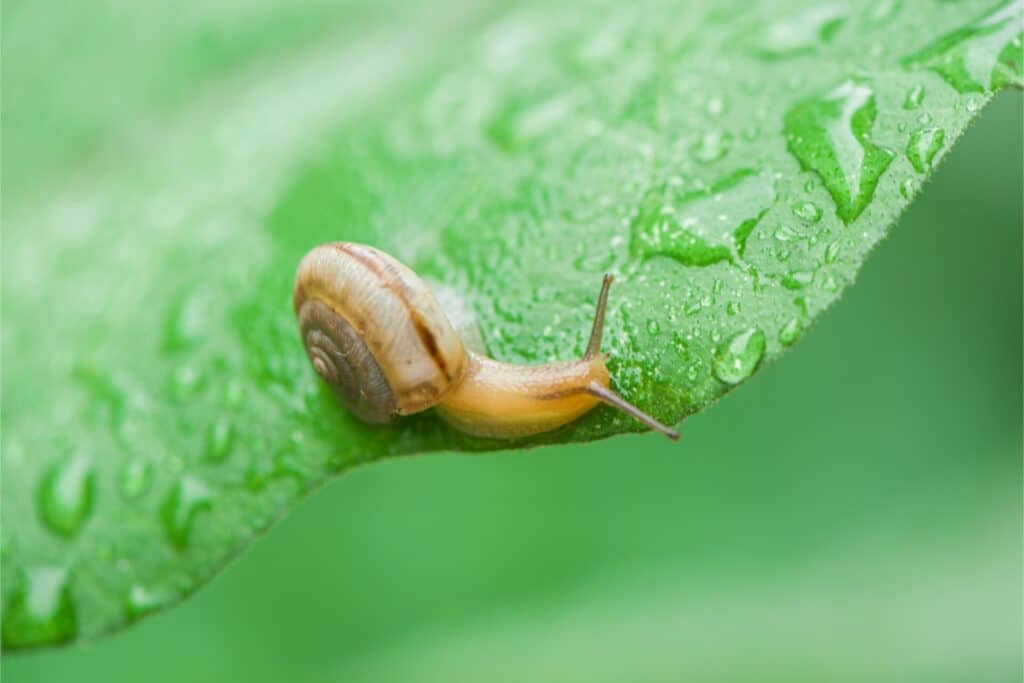Dealing with moths can be a frustrating experience, especially when they invade your home and threaten your clothes or pantry supplies. Fortunately, getting rid of these pesky intruders doesn’t have to be a challenging task anymore. Discover these eight simple methods on how to get rid of moths quickly and effectively so you can protect your home.
Before diving into the solutions, it’s first important to understand the types of moths you might be dealing with. Whether you’re facing pantry or clothes moths, knowing which ones you are dealing with allows you to choose the best strategies to get rid of them.
4 Common Types of Moths You Might Encounter
Each type of moth has its own habits and preferences, so knowing what you’re dealing with can help you choose the right methods to protect your belongings and homes from these pests.
1. Clothes Moths
These small, beige, or brown moths are often found lurking in closets and drawers, where they thrive in the darkness. They are notorious for their love of natural fibers, particularly wool, silk, and cashmere, which they munch on to lay their eggs. Clothes moths are often mistaken for grain moths infesting stored food items in kitchens and pantries. If you notice tiny holes in your favorite sweaters or scarves, these little pests might be the ones to blame.
2. Food Moths (Pantry Moths)
Pantry moths are unwelcome guests in our kitchens, drawn to the scent of grains, cereals, and dried fruits. They can easily slip into your home through open packaging or groceries, making them quite sneaky! If you find small, web-like substances in your food items or see tiny moths flying around your pantry, it’s a clear sign that you have these pesky intruders.
3. Webbing Moths
Often found in dark, undisturbed areas like attics or basements, webbing moths are known for creating silk-like webs in corners or on items. These moths can damage carpets, upholstery, and other textile items by feeding on the fibers. If you spot these webs or see small, winged insects flitting about in neglected areas, it’s time to think of ways to get rid of them.
4. Carpet Moths
A type of clothes moth, carpet moths specifically target carpets, rugs, and other textile items in your home. They thrive in areas where dust and dirt accumulate, making them more likely to settle in older or less frequently cleaned carpets. If you notice bald patches or damage to your floor coverings, these moths might be the culprits.
How to Get Rid of Moths
Dealing with moths can be frustrating, but with the right approach, you can easily take control. Whether they’ve made their way into your pantry or closet, here are eight effective ways that can help you get rid of them for good.
1. Use Cedar Around the Home
Cedar not only smells great, but it may also help repel moths. To use cedar effectively, consider placing cedar blocks, chips, or even hangers in your closets, drawers, and storage areas where you keep clothes. The aromatic oils in cedar create an environment that moths find uninviting, especially clothes moths that thrive on natural fibers.
Cedar may be particularly effective against clothes moths, helping to protect your wool, silk, and cashmere garments. Just remember to occasionally sand the cedar to refresh its scent, as this will enhance its effectiveness in keeping those pesky moths at bay.
2. Use Vinegar
Vinegar is a versatile household staple that may help repel moths effectively. Mix equal parts white vinegar and water in a spray bottle, and lightly mist areas where you’ve noticed moth activity, such as closets or pantry shelves. The strong smell of vinegar can deter clothes and pantry moths from making themselves at home.
You can also wipe down any of your items and belongings with this solution to clean away any eggs or larvae, helping to prevent further infestations. Just be sure to allow the area to dry completely, as a clean, dry space is less appealing to these unwanted visitors.
3. Mix the Dried, Powdered, and Crushed Herbs
Herbs are believed to have been used for centuries as natural moth repellents, and mixing them can create a powerful solution. Gather dried herbs like lavender, rosemary, thyme, and mint and crush them into a fine powder. Place this mixture in small cloth sachets or mesh bags, and tuck them into your closets, drawers, and storage bins.
The scent of these herbs not only deters clothes moths but also leaves your space smelling fresh and inviting. Herbs like mint may also help repel pantry moths as well. Regularly refreshing the sachets or replacing them every few months will help maintain their potency and keep moths away.
4. Use a Sticky Trap
You can easily find sticky traps at local stores or online. Simply place them in areas where you’ve seen moth activity, such as near closets, windows, or pantry shelves. The traps are designed to attract adult moths, particularly pantry moths, who will get stuck on the adhesive surface.
This method not only helps reduce the number of moths in your space but also allows you to monitor the level of infestation. It also gives you a clearer picture of how well your other moth-repellent strategies are working. Remember to replace the traps regularly to maintain their effectiveness.
5. Freeze Any Items That Show Signs of Moths
If you’ve discovered items in your home that may have been compromised by moths, freezing them can be another highly effective method to remove unwanted pests. Simply place the affected clothing, fabrics, or pantry items in a Ziploc bag and put it inside a deep freezer below 10°F.
The cold temperature will kill off any eggs, larvae, or adult moths present, making it a natural solution. This method is particularly useful for dealing with clothes moths in items like wool sweaters or silk blouses, as well as pantry moths in grains and dried fruits. After freezing, be sure to thoroughly clean and inspect the items before putting them back into your living space.
6. Wash Clothes That Contain Larvae or Eggs
When you find clothes that show signs of moth larvae or eggs, washing them is an important step in the battle against these pests. The most common and effective method is to thoroughly launder the items in extremely hot water, which will kill any larvae or eggs lingering in the fibers.
This method works wonders for clothes moths, especially those that target wool, silk, and cotton fabrics. For added protection, store freshly laundered items in airtight containers or bags to keep them protected from future infestations.
7. Keep Your Surfaces Vacuumed and Dusted
Maintaining a clean home is one of the best defenses against moths. Regularly vacuuming your floors, carpets, and furniture helps remove any eggs or larvae that may have settled in. Pay special attention to corners, under furniture, and in dark spots where moths like to hide.
Dusting surfaces also remove potential food sources for moths, such as lint and debris. This proactive approach is effective against both clothes moths and pantry moths, as it disrupts their habitat and prevents them from thriving in your home. Make it a habit to vacuum and dust frequently, especially in areas where you’ve noticed moth activity.
8. Consider Calling a Pest Control Service
If you find that your moth problem persists despite your best efforts, it may be time to consider professional help. A pest control service can provide a thorough inspection of your home and recommend tailored solutions to get rid of moths effectively. They can access specialized treatments and techniques targeting adult moths and their eggs.
This option is especially valuable for persistent pantry moth infestations, which can be tricky to remove without expert assistance. Remember, seeking a professional pest control service is a proactive step toward ensuring your home remains comfortable for you and your family.
How to Keep Moths From Coming Back
Now that you’ve successfully removed those pesky moths from your home, you might be wondering how to ensure they don’t come back. The key is to maintain a clean and vigilant environment. Start by regularly inspecting and cleaning your storage spaces, especially closets and attics. Consider rotating your stored items occasionally to disrupt any potential moth activity.
In addition to these habits, installing screens on windows and vents can prevent moths from entering your home in the first place. You might also want to use essential oils, such as lavender or eucalyptus, by adding a few drops to cotton balls and placing them in drawers and closets. Combining these preventive measures with your initial cleanup will create an environment that discourages moths from returning, providing you with effective ways to get rid of moths and keep your home fresh and protected.
Protect Your Home From Moth Infestation With Aptive’s Pest Control
It’s important to keep your home protected from moths to ensure a comfortable and welcoming space for your family and your guests. At Aptive, we are dedicated to providing you with effective pest control services while caring for your home and the environment.
If you’re worried about moths making themselves at home, we’re here to help. Reach out today for a complimentary quote, and let us assist you in taking the first step toward effective moth control in your home. We are here to help you enjoy your living spaces without worrying about unwanted pests.

